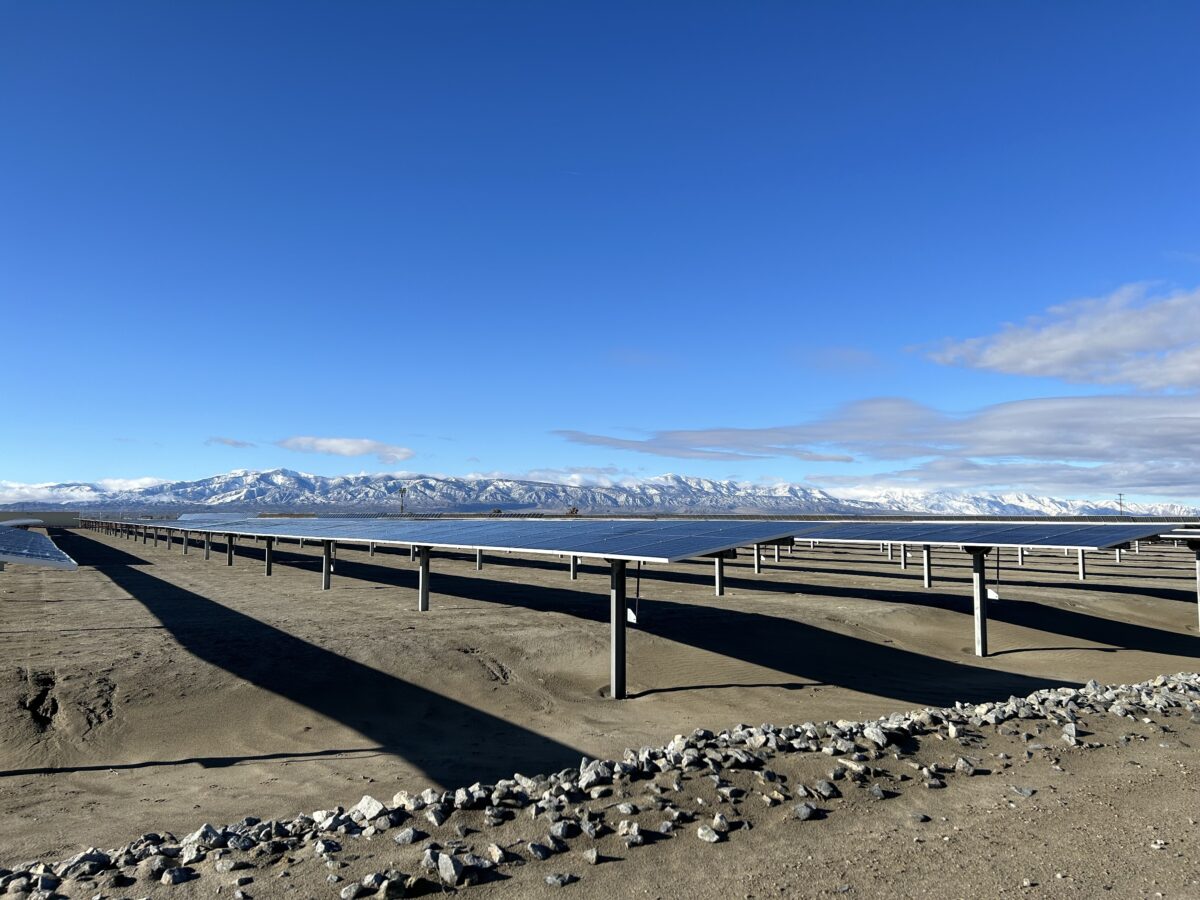The Trifecta of Forces Behind Renewable Power
August 4, 2017Right now, the start of 2017, we are in the middle of the convergence of three forces that are taking us from the twilight to the dawn of renewable power. It has been long in coming. For decades, proponents of solar and wind power have said renewable power had the potential to grow from being an alternative source to mainstream. Public sector incentives and renewable portfolio standards have helped create a critical mass of demand, lowering manufacturing prices. There are additional market forces—equally, if not more powerful—that are driving us into this new era.
- Price Parity of Supply—and Better. Because electric power is a commodity, without at least unsubsidized price parity to fossil-fuel and nuclear sources, we would not be here. We would only see solar and wind being used in niche situations that were high-cost, off-grid or transmission constrained. However, we just hit US DoE’s $1/watt goal for utility scale, fixed-tilt solar power systems—three years ahead of schedule—and prices keep falling. Why? As Stanford faculty member Tony Seba has been arguing for several years, solar panel prices are following the technology S-curve, not a linear cost profile. Expect panel prices to continue to fall at an accelerating rate.
- Growing Demand. We need more power generation assets. If demand was steady, we would have to wait for current power plants to reach their end of life to be replaced. Or, there would at least be strong resistance from their owners, fighting to protect their revenues and service their debt. Population shifts in the United States to the Sun Belt, continued population growth, and shift to electric vehicles leads to up to 20% increase in energy consumption over the next 25 years, according to the 2017 forecast by EIA, led by growth in renewables. Internationally, industrialization in India and China lead the growth in power consumption—and renewable generation assets—according to the IEA’s mid-term 2016 market report. Growth in sub-Saharan Africa, Latin America and other parts of Asia is also a major part of the story.
- And a Way to Integrate Renewables into the Grid. Old conventional wisdom was renewables could only be a few percentage points of generation assets because their dispatch was variable and unpredictable. That might have some merit in a world of centralized production and control. However, a recent study by MIT, concludes information technology is changing the game. According to the study, advanced software and hardware technologies are “becoming ubiquitous, enabling more flexible and efficient consumption of electricity, improved visibility of network use, and enhanced control of power systems.” A recent NREL study demonstrates the US Eastern Interconnect—one of the largest and most complex power grids in the world–now can accommodate up to 30% renewables.
While some politicians in Washington DC yearn for a return of the old days of dominance by coal and other fossil fuels, the reality is they have shown up right at the point of no turning back. Market forces are now taking over to make renewable power the main form of power. And, the people and organizations that drive and benefit from that change will be dynamic, technology oriented and data driven.

